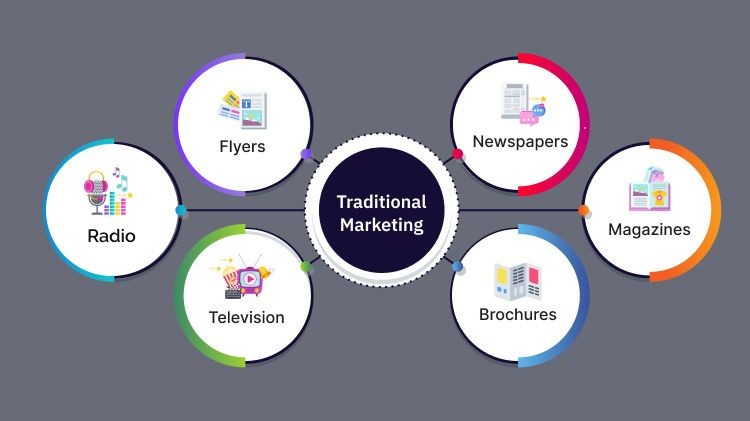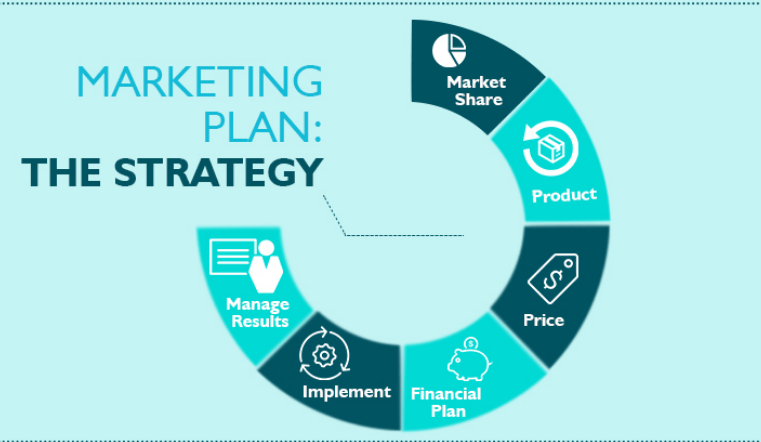An effective content marketing strategy is essential for driving traffic, engaging your audience, and building brand authority. Whether you are a small business owner, a marketer, or a content creator, a well-defined strategy can help you achieve your goals by delivering valuable and relevant content to your target audience. Here’s how you can create a content marketing strategy that works:
1. Define Your Goals and Objectives
The first step in creating a content marketing strategy is to define your goals. Are you aiming to increase website traffic, generate leads, improve brand awareness, or boost customer retention? Your goals should be specific, measurable, achievable, relevant, and time-bound (SMART). Clearly defining your objectives will help you create content that aligns with your business goals and measure its effectiveness.
2. Identify Your Target Audience
Understanding your target audience is crucial for crafting content that resonates. Create detailed buyer personas that include demographic information, interests, pain points, and content preferences. Knowing your audience helps you tailor your content to their needs and ensure it provides value, whether through blog posts, videos, podcasts, or social media.
3. Conduct a Content Audit
Review your existing content to determine what has been effective and what needs improvement. A content audit involves analyzing your past blog posts, videos, infographics, and other materials to identify gaps, opportunities, and successful strategies. This step helps you understand what type of content has engaged your audience and aligns with your goals.
4. Choose Content Types and Channels
Decide on the types of content you will create, such as blog posts, eBooks, webinars, videos, or social media posts. Select the platforms and channels where your audience is most active, like your website, YouTube, LinkedIn, Instagram, or email newsletters. Diversifying content types and using multiple channels can help you reach a broader audience and cater to different preferences.
5. Develop a Content Calendar
A content calendar helps you plan, organize, and schedule your content to maintain consistency and avoid last-minute rushes. Your calendar should include key dates, topics, types of content, and deadlines. This tool ensures you stay on track and deliver fresh content regularly, which is essential for engaging your audience and improving your search engine rankings.
6. Create High-Quality, SEO-Optimized Content
Focus on creating content that is valuable, relevant, and engaging. Use SEO best practices, such as keyword research, to identify topics your audience is searching for. Optimize your content with relevant keywords, meta descriptions, headers, and internal links to improve its visibility on search engines. High-quality, SEO-optimized content will attract more organic traffic and establish your brand as an authority in your industry.
7. Promote Your Content
Creating great content is only half the battle; you also need to promote it effectively. Share your content across multiple channels, such as social media, email newsletters, and guest blogging. Utilize influencers, partnerships, and paid promotions to amplify your reach. Engaging with your audience through comments, shares, and likes will also help boost your content’s visibility and credibility.
8. Measure and Analyze Your Results
Track the performance of your content using analytics tools such as Google Analytics, SEMrush, or HubSpot. Measure key metrics like website traffic, engagement rates, social shares, conversion rates, and time on page. Analyzing these metrics will help you understand what’s working, what’s not, and how to adjust your strategy for better results.
9. Refine and Adjust Your Strategy
Content marketing is not a set-and-forget process; it requires continuous improvement. Use the insights gained from your analytics to refine your content marketing strategy. Identify trends, patterns, and opportunities for growth, and make adjustments to your content, distribution methods, and promotion tactics accordingly.
10. Stay Up-to-Date with Industry Trends
The digital marketing landscape is constantly evolving. Stay informed about the latest content marketing trends, SEO updates, and changes in consumer behavior. Regularly update your strategy to reflect new opportunities, technologies, and best practices, ensuring that your content remains relevant and effective.
Conclusion
Creating an effective content marketing strategy involves a combination of planning, creativity, and data-driven decision-making. By defining clear goals, understanding your audience, optimizing for SEO, and continuously analyzing your performance, you can develop a strategy that drives traffic, engagement, and growth for your business.








